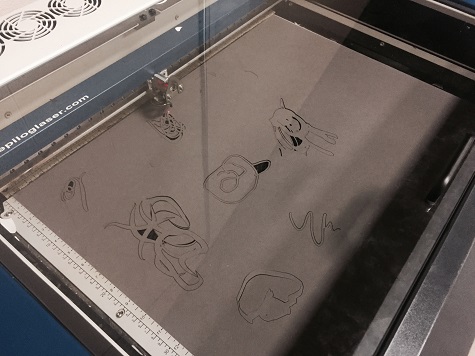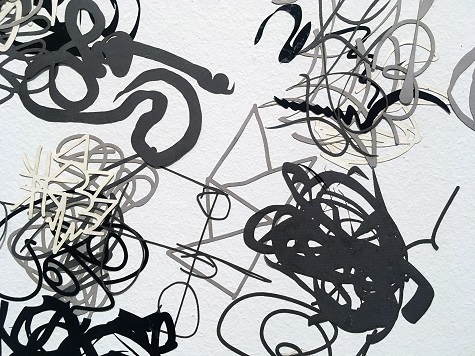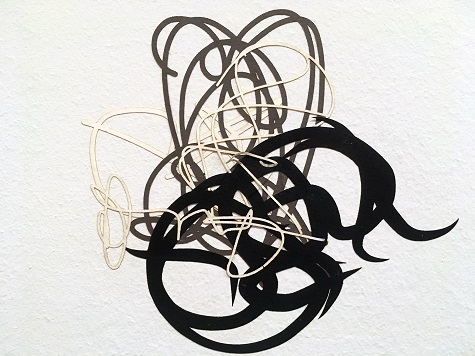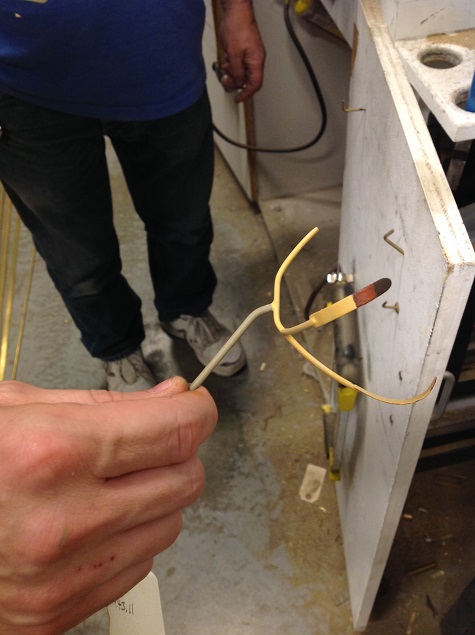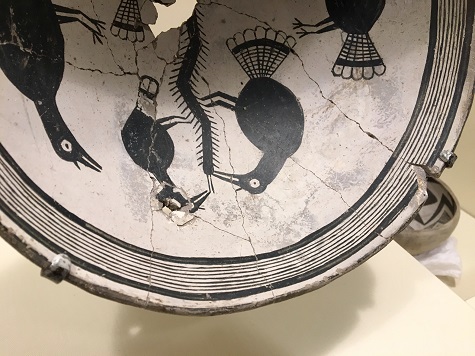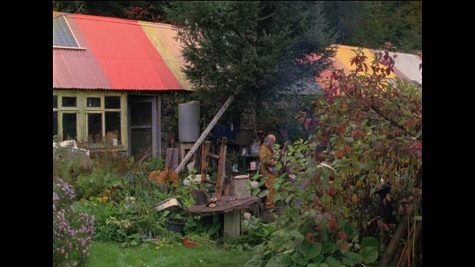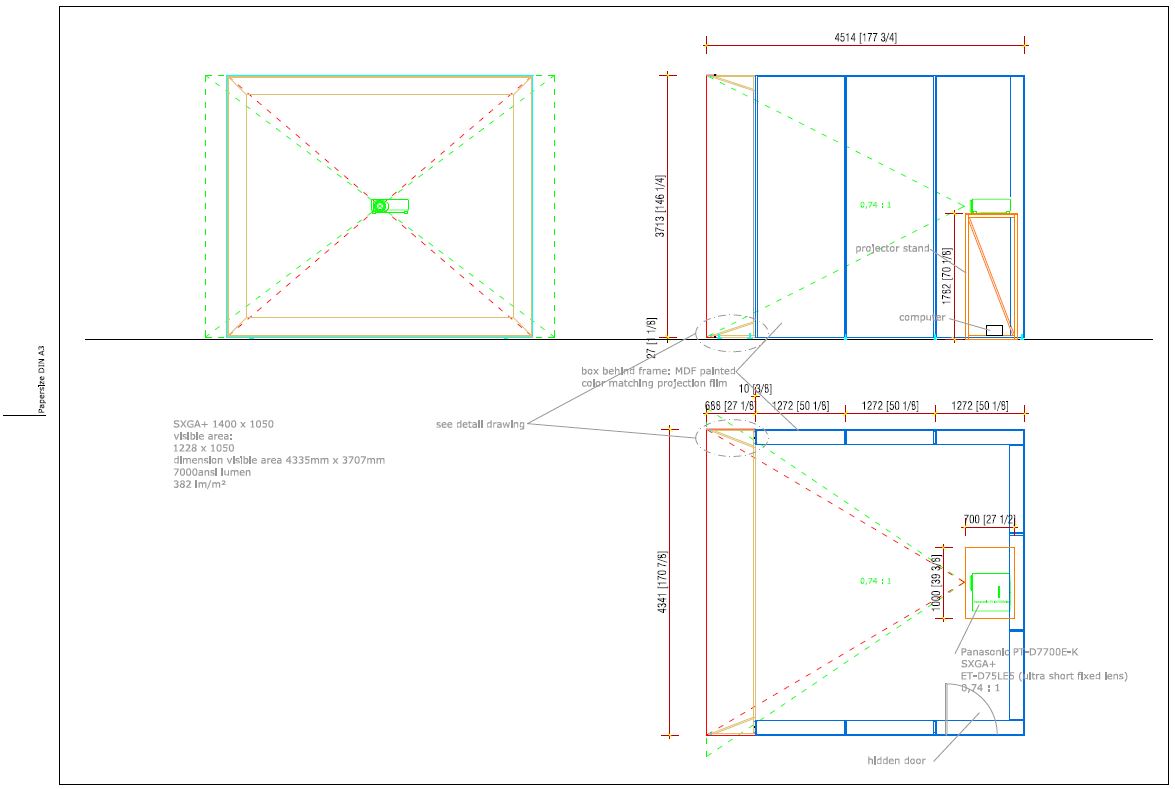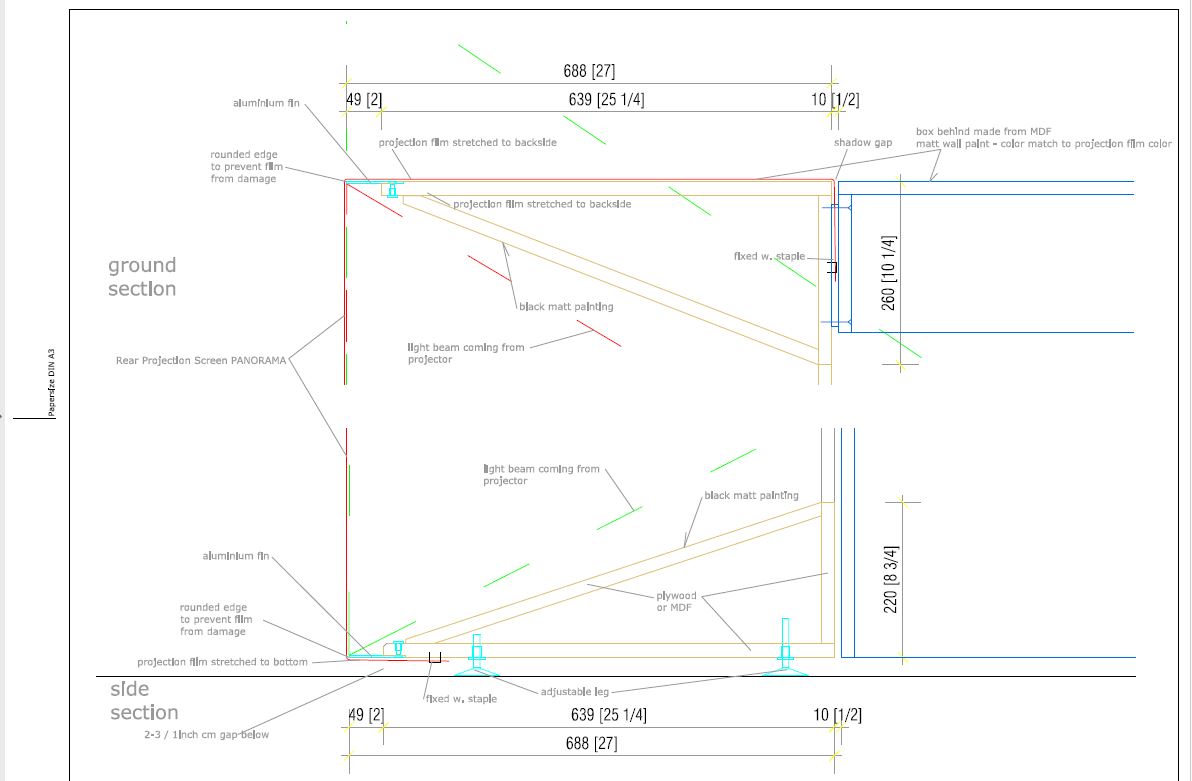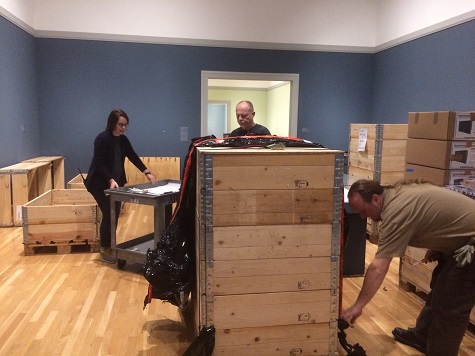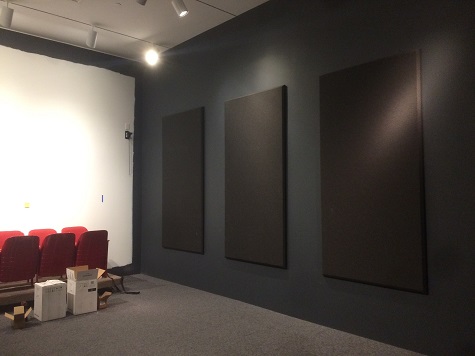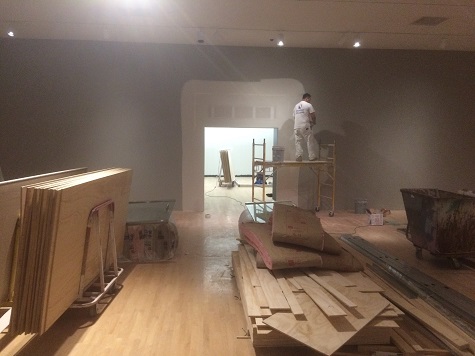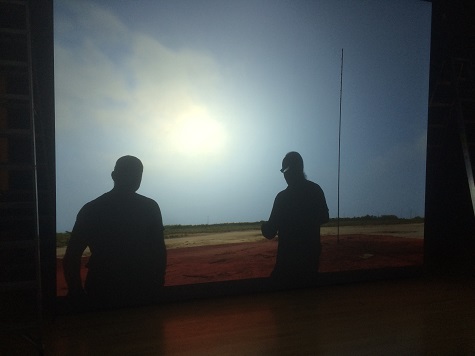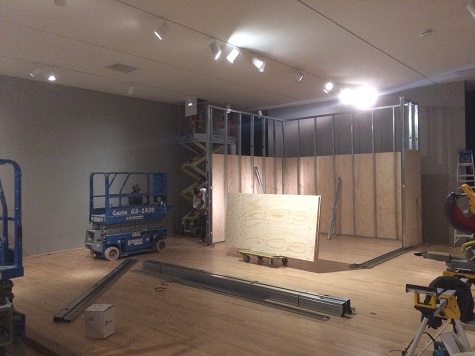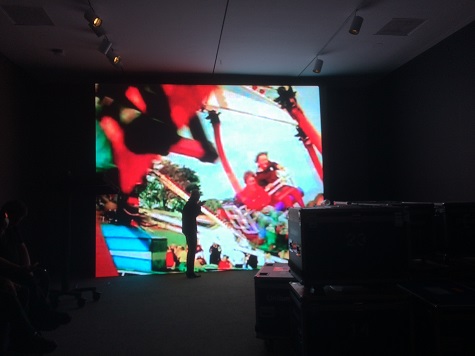With 93 exhibitors, the 2018 Dallas Art Fair left no dearth of fantastic work to purchase through the Dallas Art Fair Foundation Acquisition program. For the Dallas Art Fair’s 10th anniversary, and the third year the DMA has participated in this exciting partnership, the contemporary collection gained eight new works by seven artists. This year, perhaps more than ever, we are reminded how much representation matters. The curatorial team (Anna Katherine Brodbeck, me, and the McDermott Intern for Contemporary Art Elise Armani), under the leadership of our Director, Agustín Arteaga, used the funds this year to select works that further diversify the contemporary collection. The artists range in age and background as well as the variety of mediums that they use.
Brie Ruais’s large wall-based ceramic was created from the same amount of clay as the artist’s own body weight. In her process-driven practice, Ruais spreads and molds the clay with her hands and feet, marks still evident once the pieces are partially glazed and fired. The DMA’s holdings in contemporary ceramics do not quite reflect the multitude of ceramic work being produced today, and we felt that this work was a striking addition to demonstrate the use of the medium expanded beyond traditional forms.

Brie Ruais, Broken Ground Red (130 lbs of clay spread out from center), 2017. Courtesy of the artist and Albertz Benda [image source: brieruais.com].

Sanford Biggers, Sirroco, 2016. Courtesy of Massimo De Carlo Milan | London |Hong Kong [image source: massimodecarlo.com].

Alicia Henry, Untitled, 2017. Courtesy of the artist and Liliana Bloch Gallery [image source: lilianablochgallery.com].
Thank you to the generous donors to the Dallas Art Fair Foundation Acquisition program for their time and enthusiasm in making these acquisitions happen!
Chelsea Pierce is the Curatorial Administrative Assistant for Contemporary Art at the DMA.















